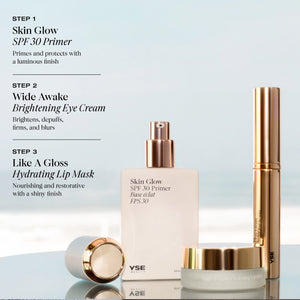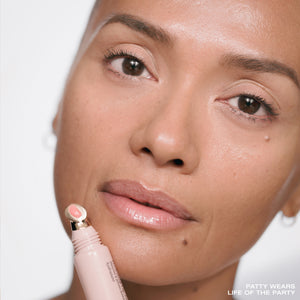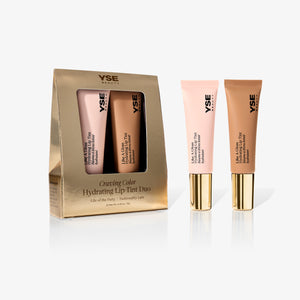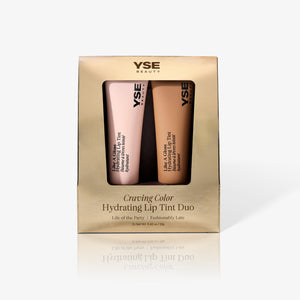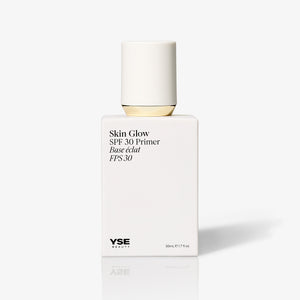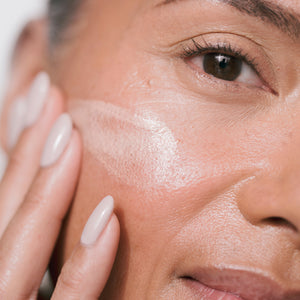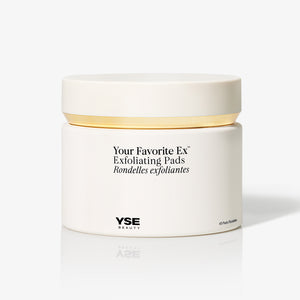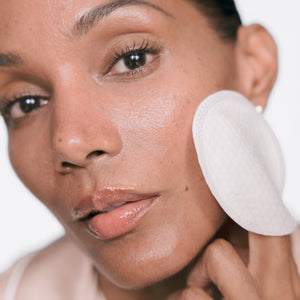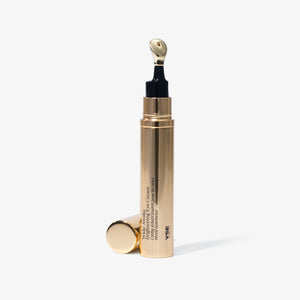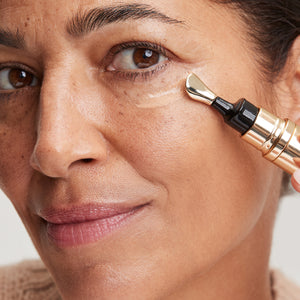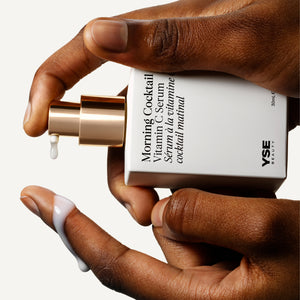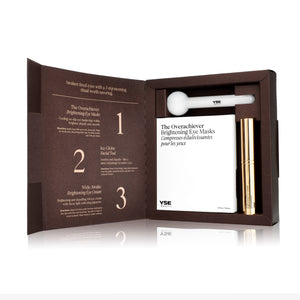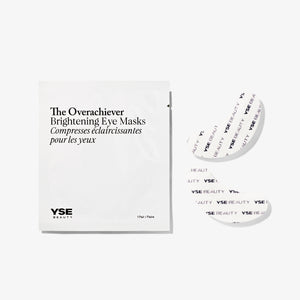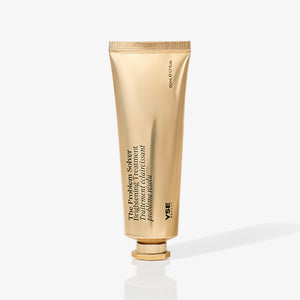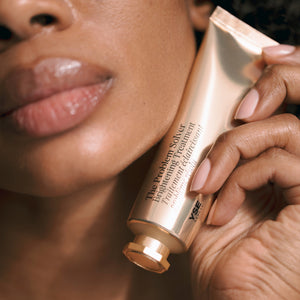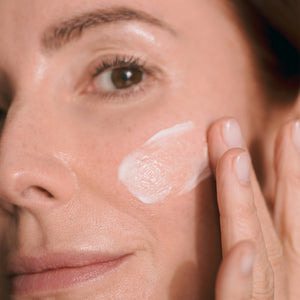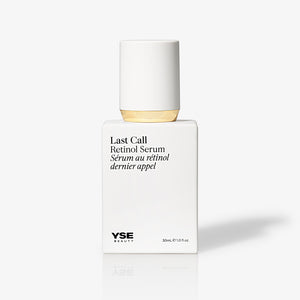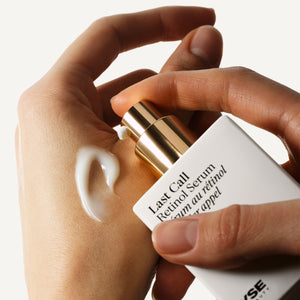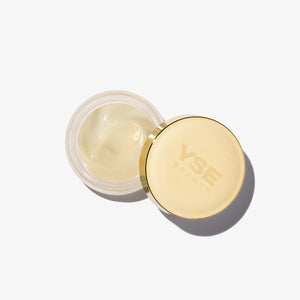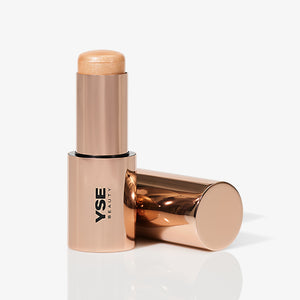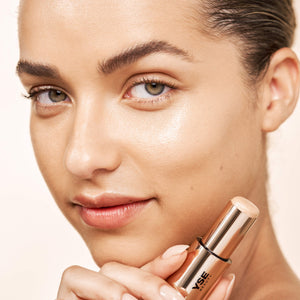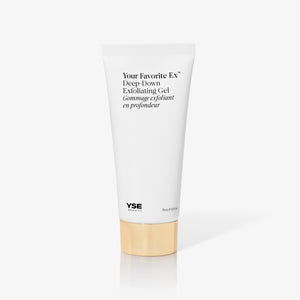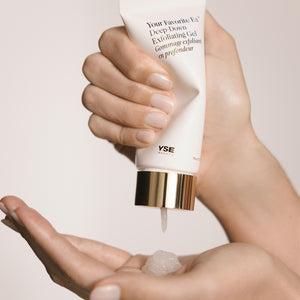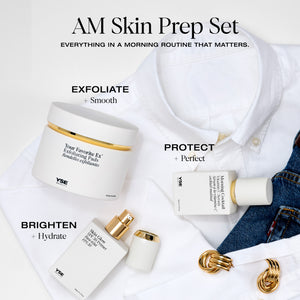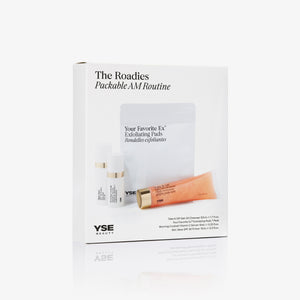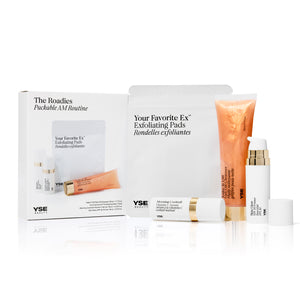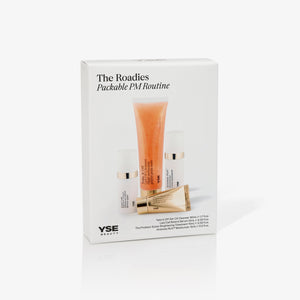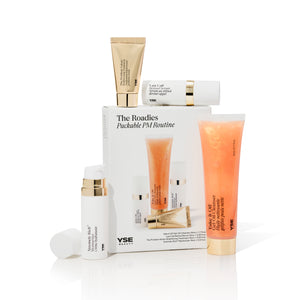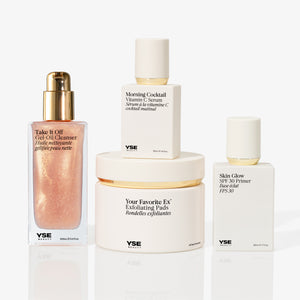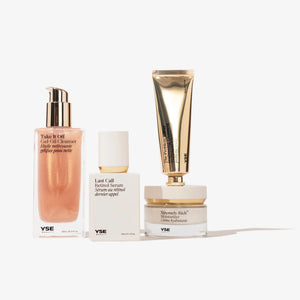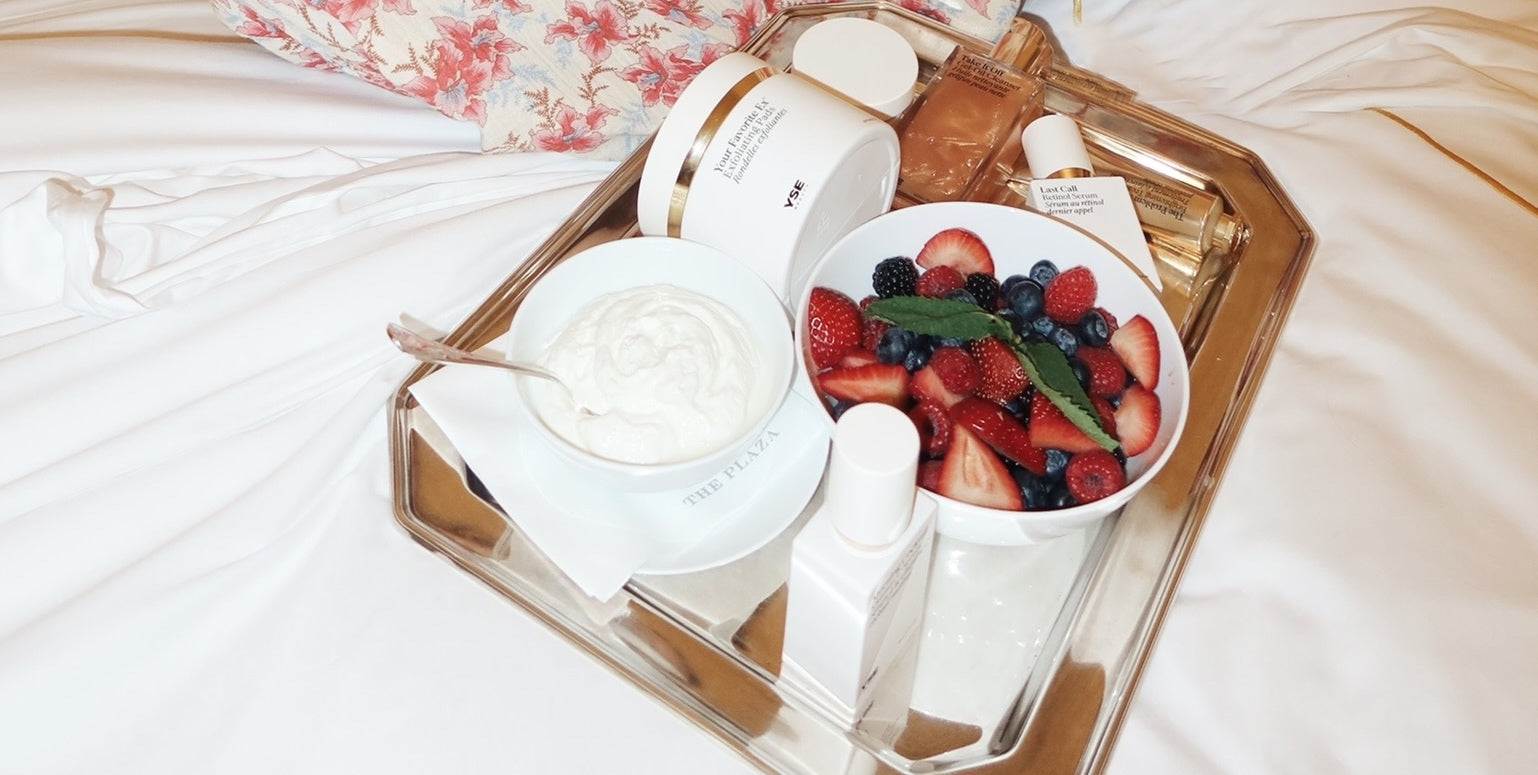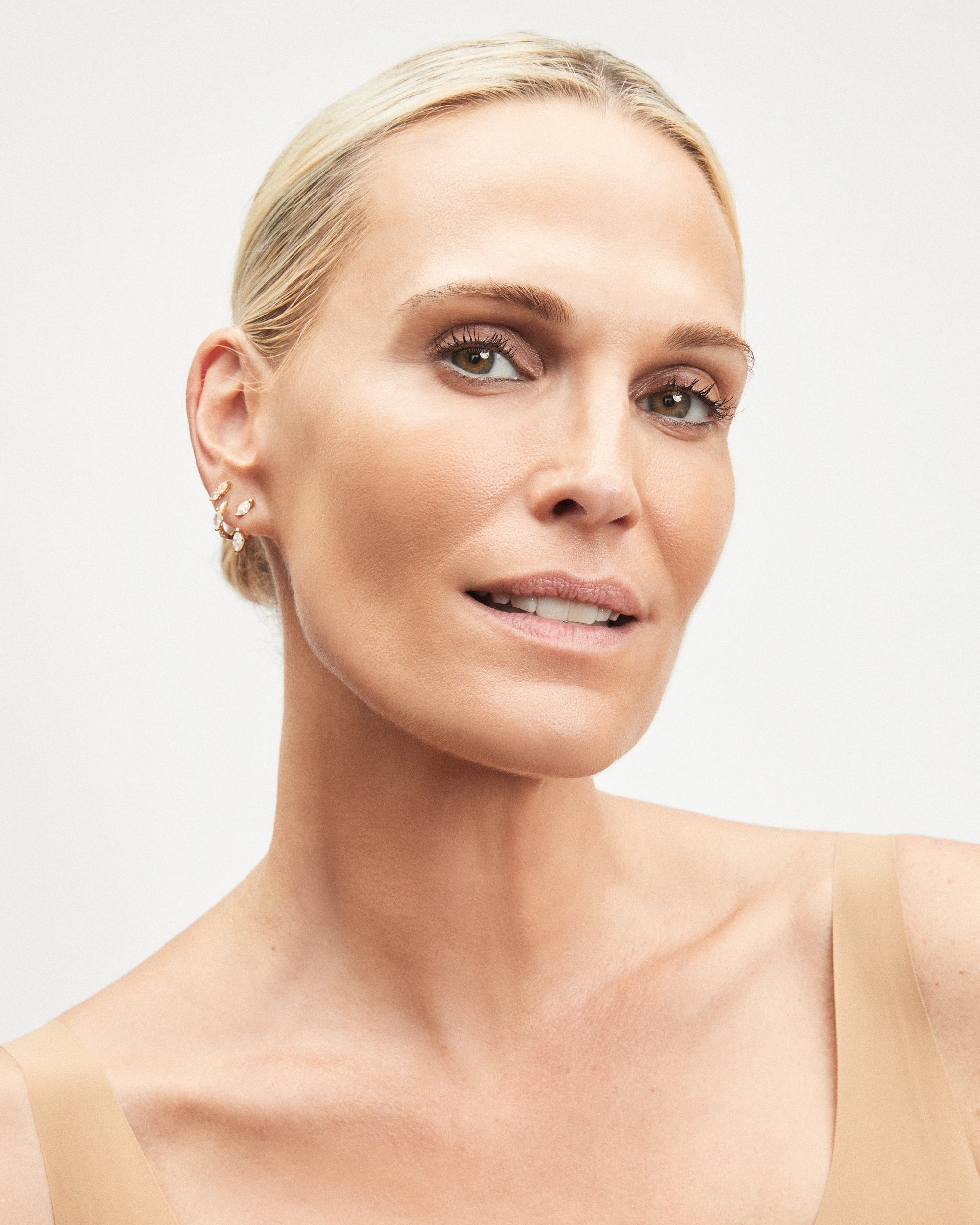Sunscreen or Moisturizer: Which Comes First?
It’s the age-old question: Does sunscreen go before or after moisturizer? We’re here to share once and for all – you should apply sunscreen as the final step in your skincare routine. Because products with SPF are specifically formulated with certain protective ingredients, layering it on after your moisturizer is the most effective way to block out those harsh rays.
Sunscreen with Moisturizer: Do I Mix?
If you’re in a rush, or your skincare routine feels like a tedious drag, you’re probably on the kill-two-birds-with-one-stone track. But, while the idea of mixing your sunscreen and moisturizer together seems like a smart idea, it actually may be less effective. Mixing your sunscreen and moisturizer into a hybrid concoction can result in formulas not working as intended, and that pretty much defeats the purpose of sun protection in the first place.
Now, there is an exception to the mixing rule. If a product is derm-approved to act as a dynamic duo, then go to town.
Looking for ways to streamline your routine?
With our recommended morning routine here at YSE Beauty, skip the moisturizer step in the morning altogether and apply our Skin Glow SPF 30 Primer. This multi-purpose formula is designed to hydrate, enhance glow and protect skin from the sun’s harmful UV rays. Plus, it’s made with Niacinamide to help heal those dark spots and provide anti-aging benefits – all while it’s working to protect you from UV radiation. Yes, it’s an overachiever.































